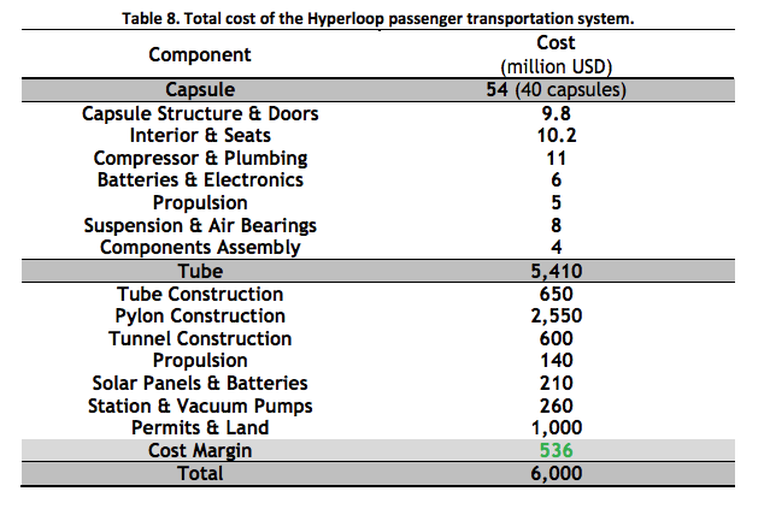Mumbai: Settle into a pod in a vacuum tube, fasten your seat belt and whizz across to Pune from Mumbai in 20 minutes. Devendra Fadnavis, Maharashtra’s chief minister, believes the regular inter-city traveler will be able to do and afford this by 2024.
By the end of 2018, construction is set to begin on a 15-km test track for the Mumbai-Pune hyperloop. For the uninitiated, the Hyperloop is a still-untested high-speed mass transportation concept floated by American entrepreneur and innovator Elon Musk.
It involves building a near-perfect vacuum tunnel or tube, a railway track and a vehicle that floats above the track using magnetic levitation. Cargo and—if all goes well—passengers can then be loaded into this vehicle, which accelerates through electric propulsion and picks up speed due to extremely low friction in a vacuum.

If the technology can prove its promise, hyperloop might one day become the fastest transit option with the lowest fuel (electricity) consumption rates.
Kaustubh Dhavse, an officer on special duty to Fadnavis, said the chief minister’s office is closely monitoring the project. “Work (on the test track) will start by end of this year,” Dhavse says.

“It won’t take a long time to build because the construction is simple. But we need to build a regulatory framework that cuts across various ministries and is beyond the purview of the state government. The ministry of civil aviation, the railway’s ministry—all of these need to be involved. An interdepartmental panel for the Hyperloop has been constituted.”
Virgin @HyperloopOne plans to send engineers to Pune shortly.
PMRDA has identified 15 km row demonstration track for #Hyperloop . It is noteworthy that 70% of materials and components required for Hyperloop can be sourced within Maharashtra itself. pic.twitter.com/97D2nHgGAf— CMO Maharashtra (@CMOMaharashtra) June 16, 2018
The only working model right now is a test site built by Virgin’s Hyperloop One in the Nevada desert, which Fadnavis has visited. In February, Fadnavis signed a MoU with Richard Branson’s Virgin Hyperloop One to build the Mumbai-Pune track.
While Dhavse refuses to give cost estimates for the whole project, the demo track, the initial 15km stretch proposed near Wakad, Pune, is expected to cost roughly ₹3,000 crore. Virgin will foot this bill.
Virgin Hyperloop One’s website estimates that the top speed for a passenger vehicle or light cargo will be 670 miles (1,080km) per hour. “That is 2-3 times faster than high-speed rail and magnetic levitation trains, and 10-15 times faster than traditional rail. The average speed that the vehicles will travel at will vary based on the route and customer requirements,” the site says.

Dhavse adds, “The cost of this project will evolve but the cost per km will be about the same as the overhead metro, that’s about $15-25 million per km. What we had to study (before approving the test track) was the cost for commercial rollout, (and) what are the certifications needed for human trials.”
When it does become commercial, Dhavse believes the cost of Mumbai-Pune hyperloop commutes would be comparable to road or rail alternatives.

A recent report published by the McKinsey Global Institute said Mumbai needed $220 billion (approximately ₹14,74,000 crore) of investment in hard infrastructure and smart technology over the next 20 years to be “future-proof”. This pales in comparison against the city corporation’s smart city proposal of under ₹2,000 crore while the city’s recent Development Plan 2034 doesn’t lay out a cohesive infrastructure strategy or investment outlay for the city.
Suveer Sinha, partner, McKinsey, believes it’s too early to look at technologies like hyperloop. “The cost of building hyperloop is not as high as the cost of building hard infrastructure because it doesn’t need a lot of hard infra, besides the tunnel, the train track, and the pod that carries people. It will be much faster than conventional railway, which can then carry a much higher number of passengers, so the cost (which can be apportioned across a wider base) will be lower. The challenge is that this tech is not proven. It’s still an early phase of development and I think we should wait until the pilot is done and then see how this can be scaled up.”
Initial tests of hyperloop technology around the world have achieved speeds approaching about half the speed of sound. But that’s not the only speed early adopters are worried about.
It’s also a race to see who builds the first working model. In the Gulf, a hyperloop proposal wants to crunch travel time between Dubai and Abu Dhabi. Fadnavis’ office must surely be monitoring that project as well.



